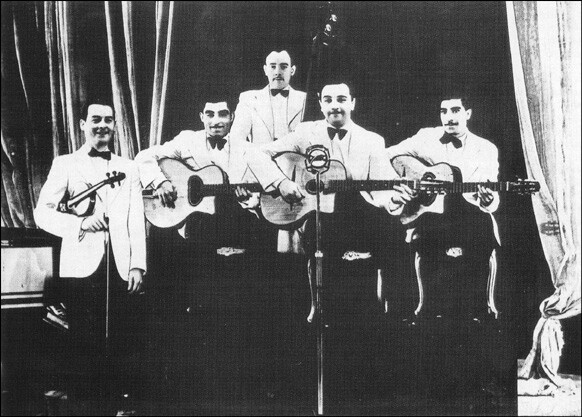I’m wondering if we have any in depth thought on types of anchoring for various techniques as a piece of the technique itself.
I see plenty of players who change anchoring between rhythm and lead and even different types of lead playing but not sure I’ve seen a more careful breakdown of different anchoring parts for various techniques.
For example. I find the stability and control from a combination of pinky/ring and palm anchoring without letting my forearm rest on the guitar to be better than palm only anchoring and significantly better than palm + forearm for sweeping sequences - because with just palm it’s difficult to track with only a single reference point, and it lets the index finger have a bit more freedom of movement.
With faster alternate picking, unless I’m transitioning from a sweep, I find having retracted fingers flattened palm and only anchoring with part of the wrist or palm to be better, since this is frequently chunked in two string patterns and you might jump up or down to the next chunk - tracking is more of a discrete than continuous movement, the second anchor point is less of a benefit and can make you feel like your movement is restricted, so I switch to that anchoring. Plus with palm only anchoring, it feels more clear tracking my pickslant based on feeling what part of my wrist/palm is making contact.
For rhythm with lots of string skipping, I again find that anchoring and maybe even including the forearm as an anchor point since you’re pretty isolated to the lower strings can maximize easy movement and stability.



